During the IAAPA Expo, I met Zamperla’s Head of Engineering and Service, Jay Crisler. It wasn’t a scheduled meeting, we just happened to share a charter bus seat on the way to Disney’s Animal Kingdom.
During the 40 minute ride, Jay and I talked about a lot of different topics, some roller coaster-related and some non-coaster related, and thankfully, I didn’t talk his ear off too much, and he agreed to do an interview with Coaster101.
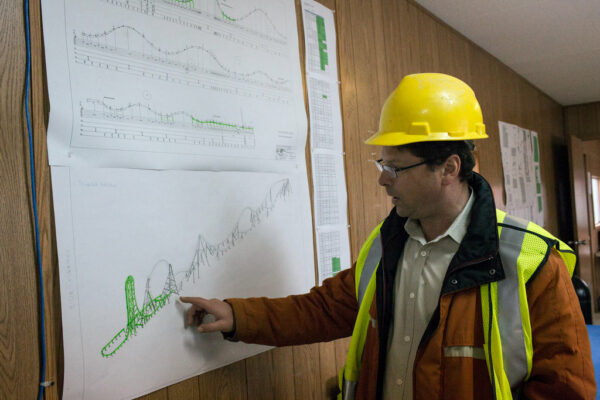
C101: How did you get your start in the Theme Park Industry?
Jay Crisler: I have two full degrees from the University of Maryland – Mechanical Engineering and German. When I graduated from the University of Maryland in 1994, I started working for the Navy as a civilian, doing manufacturing oversight for F-18s. A friend of mine who is currently a corporate engineer for Six Flags, got a job at Premier Rides, and told me he got a job designing roller coasters. I thought ‘this is the coolest thing in the world,’ and told him if they had an opening to give me a call.
The reason we both knew each other was because we both studied at Maryland. We both did the dual Engineering and German degree. What Premier was looking for was an American engineer who spoke German, and that’s how I got pulled into the industry. I worked there for 6 years, and then Zamperla made me an offer I couldn’t refuse. They asked me to move to Italy, and I couldn’t believe it. It was a dream come true. I moved to Italy in 2003, and I’ve been working with Zamperla ever since.
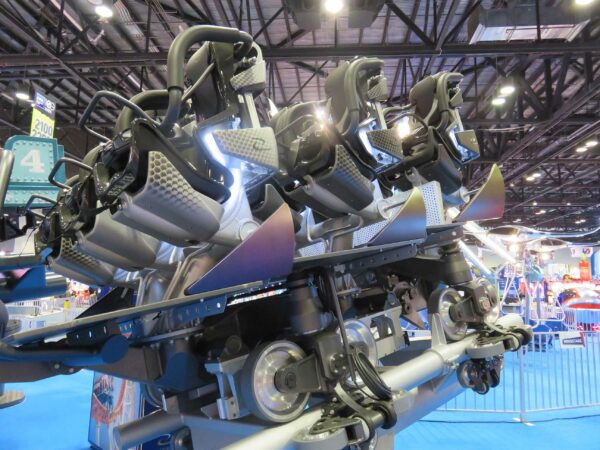
C101: Is your focus with Zamperla primarily roller coasters or is it the entire catalog?
JC: It’s a broad base. Basically, all ride installations, all technical issues, and all support for the North American market falls under me. When I started with Zamperla, I was living in Italy and working in their roller coaster department. That was my specialty. My mother got very sick in 2006 – luckily she’s still alive and doing fine – but back in 2006, I asked to return to the United States. My boss didn’t want to lose my skills, and said we’ll somehow make it work. In 2007, I actually worked with Skytrans in New Hampshire, working on some water rides, and then I moved to New Jersey. I designed Pony Express at Knott’s Berry Farm, and I was then promoted and put in charge of the whole department.
All the manufacturing and engineering is done in Italy, so the amount of design work I do is sporadic. There might be a project where I need to help out or assist, but that’s my current involvement with roller coasters.
There was another roller coaster I worked on in 2014 – Runaway Mine Train at Cultus Lake Adventure Park in Canada – so in ten years, that’s just two roller coasters I’ve been on the design end for. We’ve done some installations, we did Rolling Thunder at OWA, but for that installation I was more like the customer. I was responsible for the foundation, the station, the installation, where Italy was doing all of the hardcore engineering. There were a few things I contributed to. For example, there was a mapped street the ride went over, and I said can we move this bunny hill from here to here, and that was my design contribution on it.
C101: What are some of the other projects you’ve had a big hand in?
JC: When the economy hit a bit of a downturn in 2008 and 2009, we were a little slower during that period, so I supported two projects in Italy for Universal Studios Singapore. When I said I was responsible for everything in North America, there is an exception. Disney and Universal are handled out of Italy. And in 2008, Italy asked for some support on two rides for Universal Singapore. Those were the only two Universal Rides I’ve done, and the rest was handled out of Italy. I did the Dino Soarin ride, and then the Acclerator Teacup attraction.
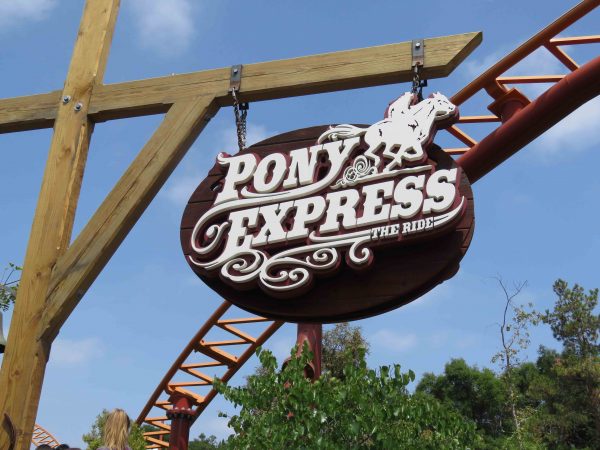
C101: What’s your favorite roller coaster you’ve worked on?
JC: Pony Express. It’s one of those things where doing work isn’t a problem when you have enough time and ability to make decisions. Usually there’s schedule pressure and someone forcing you to make decisions that you may not want to make. This one, I had more artistic license, and enough time to do it. I was allowed to work the way I wanted to, make the design the way I wanted to, and that’s why it was nice.
It wasn’t so overly complicated, but there were some challenges. It looks like a figure 8, but I had to fit it in with a lot of obstacles. There was a train we had to go over, there were two midways we couldn’t have any interference on, there are parts of a river rapids we went over, and we had to make certain heights for the fire trucks. So even though it appears like a simple figure 8, there was enough challenge to make it fit, and I just like the way it came out. It’s not the biggest and largest ride, but it’s a ride that once I get off, I want to get back on.
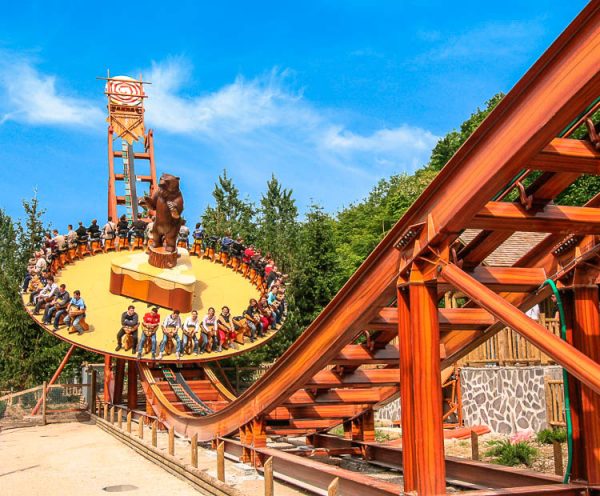
C101: What’s your favorite Zamperla Flat Ride?
JC: That’s a tough one. I think the Disk’O Coaster is an excellent ride. It’s a little intense for me, so I can’t ride it ten times in a row, but it’s excellent. There are some other rides I really like too – we have a kiddie ride, the Jump Around, which is great. We have a Kanga-bounce that’s fun, I like to get off the ride and get right back on again. We also have a “Mermaid Parade” that’s a small flume ride. My 4-year-old daughter loves that ride, and so I like that not so much because it’s fun for me, but because it’s fun for her.
C101: Zamperla plays a big role at both Luna Park in New York, and OWA in Alabama. Did you have any involvement there?
JC: With Luna Park, what happened was we won a bid from the city of New York to develop three parcels, we called them Lots A, B, and C, but they’re all Luna Park now. That was in 2010. Once my boss got the deal with the city, it was turned over to me, and I was the Project Engineer. Basically, I was responsible for the entire project. I hired the architects, I hired the structural engineers, I hired the MEP engineers, I managed all their work. I was responsible for all the rides installations, and coordinating all rides of the rides coming in. I’m not saying I didn’t have a tremendous amount of support, it was definitely an “all hands on deck” scenario. It was an incredible project, with how quickly we did it and the amount of support we had from Zamperla Italy. It was an amazing effort. I don’t want to take all credit, but I was responsible for managing it.
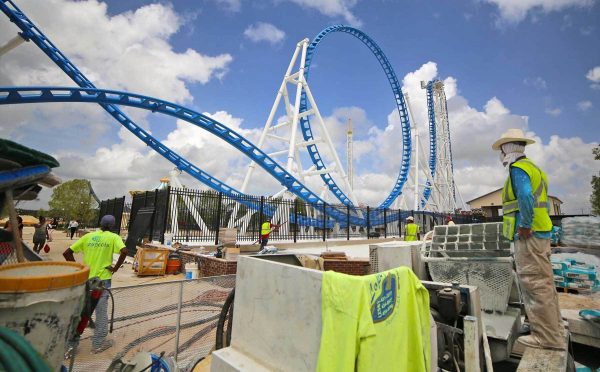
JC:With OWA, they were a client and a customer, and we sold them a ride package. When you sell a ride package on a project like that, it’s not like an established park where they’re upgrading one area with one or two rides in there and they have a lot of experience. They were new to the industry. We explained to them that “Look, we went through what you guys are going through now seven years ago.”
At the beginning of the project, I wasn’t a consultant, because we were the vendor, but I did a lot of consulting work with their architects where I said, “these are things to pay attention to” and gave them some feedback. For a simple example, I told them to make sure wherever you work, or wherever maintenance is required on the park, you can drive a crane in there, so that you don’t box yourself into a corner so you don’t have any difficulties removing a ride or doing any sort of extraordinary maintenance. Little tips like that. Making sure there is free access, if you put an arch there, you can’t get a fire truck in.
Certain things that after you say it out loud, you may think “oh that’s obvious,” but you may or may not think about it, because a theme park isn’t your usual standard development.
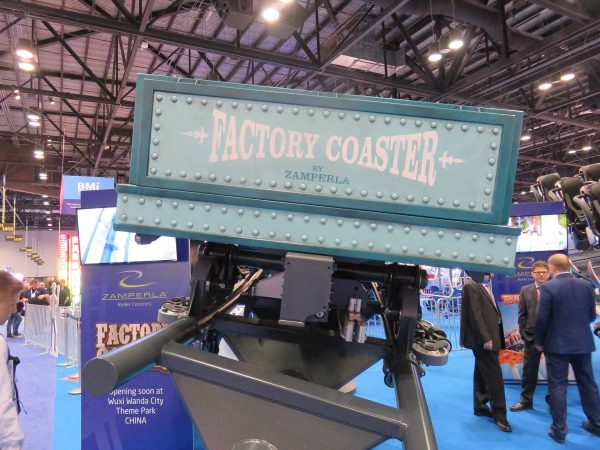
C101: One of the big show pieces at Zamperla’s booth at IAAPA was the Factory Coaster. Do you have anything to do with that?
JC: Not directly. That’s being managed out of Italy. I have close contacts with the roller coaster department, so I’m always talking and working with them, and am familiar with it. Since I started in 2003, our technology capabilities have grown tremendously. We’re cutting edge now with the design of our vehicles. I don’t think we’re one of the first companies people think of when you think of companies that are doing a hyper coaster or mega coaster, or other large-scale coasters, but we have the capability, and slowly but surely, there are enough customers out there approaching us to do projects.
The roller coaster department is definitely growing and with that our technology and know-how are growing too. I think the vehicles we had on display at IAAPA were excellent works of engineering. I’m almost a little jealous that I’m not there working on a lot of the projects, but it’s good to keep in touch to see how things are progressing.
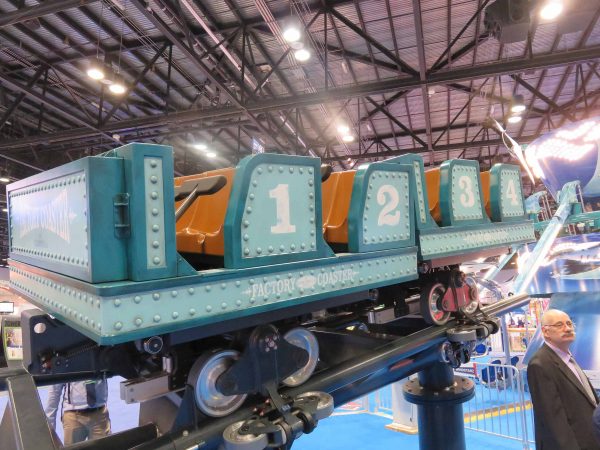
C101: What’s the most challenging aspect of your job?
JC: I would say the volume of work. There’s always something that can be done. The challenge is that everyone wants everything up and running by Memorial Day. The closer you get to Memorial Day, everyone is looking for support.
I would liken it to Finals in school, there’s just not enough time to do everything, and the good thing is that it will come and pass. Just like a final, you might not be 100% prepared for it, but it’s going to come up, whether, you like it or not.
C101: On the flip side, what’s the most rewarding aspect of your job?
JC: One of the best things is when someone doesn’t know what I do, and they mention a ride I’ve worked on. I’ve been at parties and people were saying “I just went to Coney Island and rode the new Thunderbolt coaster they put up.It’s amazing!” When I hear something like that, it’s very rewarding.
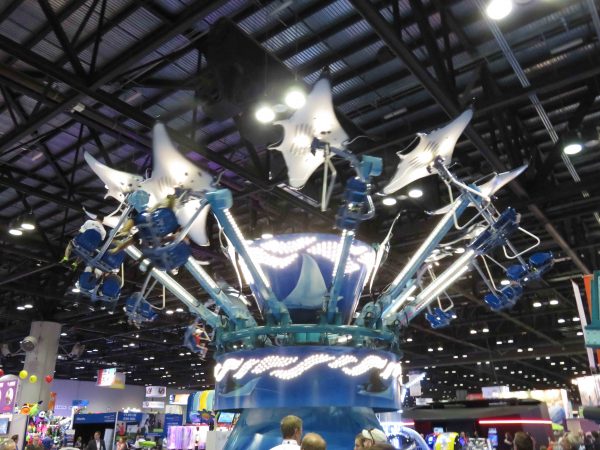
C101: Do you have any advice for our readers who might want to get into the theme park industry?
JC: I would say to first pick what you want to do. If you want to do the mechanical side of it – designing the cars or the tracks – or the foundation and structural part, you want to the controls, or the theming. You have to pick your specialty. Study that and then make as many contacts as you can. There’s a lot of engineering students who will contact me out of the blue, so I try to talk to them when I can, and they stay in touch or will come see me at IAAPA. It’s actually possible to create industry contacts by calling up all of the manufacturers or any of the parks and asking if they have any intern programs.
C101: What’s next for Zamperla in the United States?
JC: Well, I’m not the marketing guy, I’m an engineer, so people tell me “this is what we’re doing, let’s make it happen.” I’m more on the “make it happen” side instead of looking ahead. What I would like to see is to continue showing the rides we do in our current catalog, but also to come out with more custom roller coasters, like a Rolling Thunder or Factory Coaster. We have the ability to do it. Our Moto-Coaster, which is what Pony Express is at Knott’s, I think that’s a really great platform, and I’d like to see more of those made, because it’s just a really fun ride.
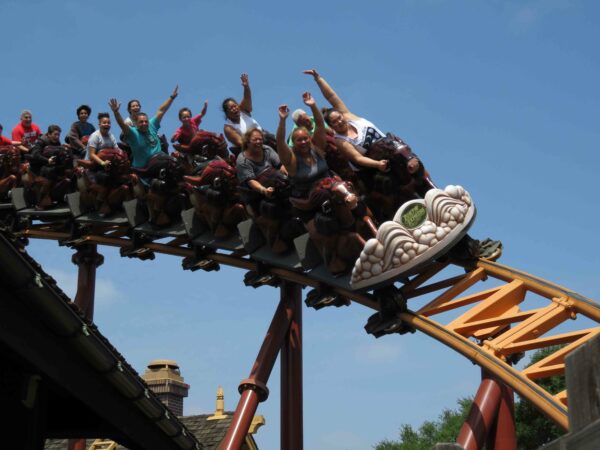
C101: The last question we ask all of our interviews. What’s your favorite roller coaster?
JC: For a Zamperla Coaster, my favorite coaster is the Pony Express, and for non-Zamperla, I’d have to say Nitro at Six Flags Great Adventure or Raging Bull at Six Flags Great America…although I might get in trouble for saying that! (Laughter)
Thanks again to Jay for his time. Be sure to check out Zamperla’s website for more information!

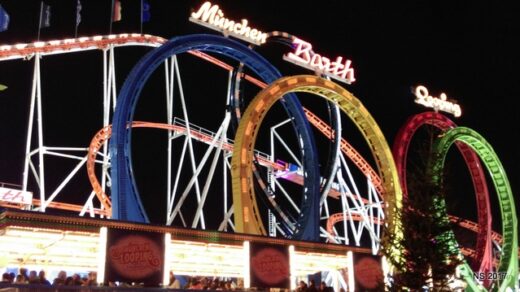
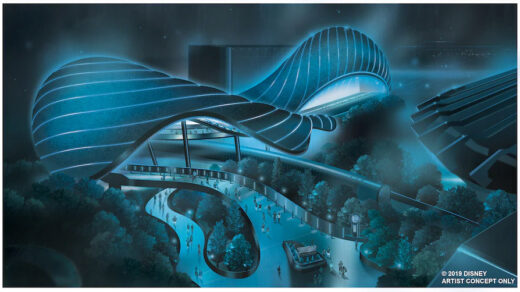
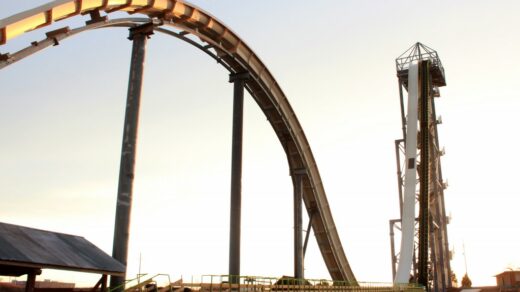





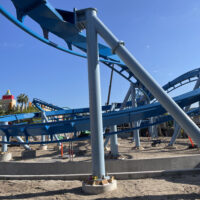





Strangely enough, my middle school had a trip to Knotts Berry Farm the day The Pony Express had its opening so we got to be some of the first riders. The tunnel on the final turn was still under construction but it was my first launched coaster.
Thanks for the great post and than you Mr. Crisler for the insight and back story. I love hearing how people got involved into this industry.